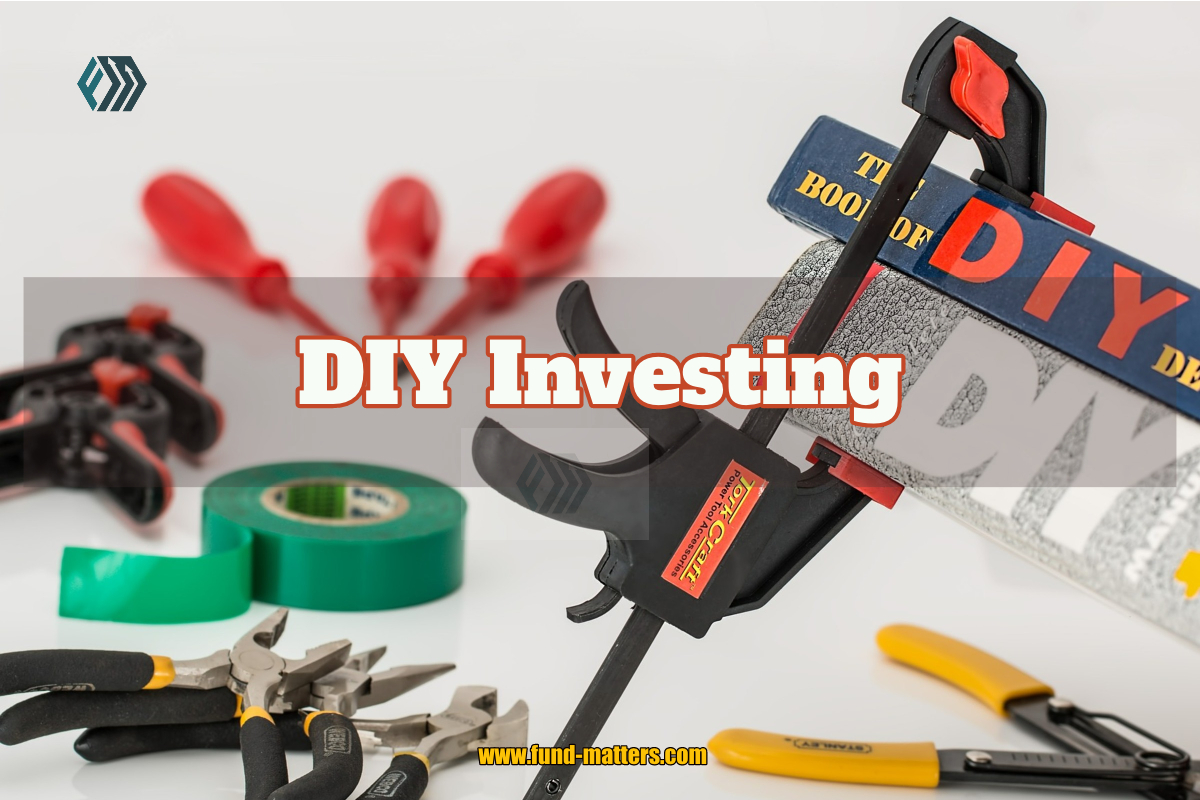DIY Investing – Saves Money??


What is DIY investing?
Do-it-yourself (DIY) investing is a method in which the retail or individual investor chooses to build and manage his or her own portfolio. In simple words, DIY is self-managed investing.
Do-it-yourself investors do not utilize the services of professional money managers such as an investment adviser, private banker or financial planner. They also commonly use discount brokerages as opposed to full-service brokerages.
Two recent phenomena have helped to encourage DIY investing – the advent of discount brokerages and online investment tools & platforms.
DIY investing offer individuals more control over their investments and can save them money in fees. But it also puts all the responsibility on them for risk management, particularly in volatile markets.
How DIY investing works?
In building a DIY portfolio, investors can take a number of different approaches. They may choose to invest completely on their own through a discount brokerage platform, based on their own wisdom or based on free published information and recommendations.
Alternatively, they may choose a semi-DIY approach that incorporates the use of automated Robo advisers, which require only a minimal fee. Robo advisers offer investors the option to automate portfolios with a strategy built on modern portfolio theory and algorithms.
Do-it-yourself companies in US such as Vanguard, Fidelity and Scottrade have done a good job in showing that portfolio management can be done without hiring and paying a firm.
DIY investing is not everybody’s cup of tea
Only a few individuals can pull off DIY investing successfully. DIY investors need not be financial experts, but they should expertly understand their unique situations. They should also keep their emotions in check.
They should also be adept at handling the plethora of available information, quick decision making, choosing products and reviewing them periodically without any bias. Even experienced DIY investors sometimes feel the need for a financial adviser to review their portfolio to see if they are on the right course. ( We do provide service called ‘Review My Plan/DIY Booster Plan)
Pitfalls of DIY investing
Following are some of the potential pitfalls of DIY investing.
1) Self mis-selling: Inexperienced investors run a real risk of “self-mis-selling” i.e. buying investment products that are not suitable for their goals, time horizon and circumstances.
2) Driving while staring in the rear view mirror: Novice investors might assume that DIY-investing is as straightforward as choosing the funds that top a performance league table or have the lowest costs. Unfortunately, the past is no guarantee of the future. To select a fund on backward-looking data alone is akin to driving a car at high speed while only staring in the rear view mirror and not looking ahead.
3) Ignoring prudent asset allocation: The key to successfully self-managing an investment portfolio is deciding on an appropriate asset allocation strategy to suit one’s objectives and risk profile. In simple terms, the mix between equities, bonds, property, alternatives and cash. DIY investors can end up sleepwalking into a portfolio with poor risk/return characteristics and lop sided asset allocation.
4) Lack of monitoring: DIY investing isn’t just about doing your homework prior to making an investment. On-going monitoring is essential, in which many DIY investors do not have required time, tools and information.
Does DIY investing really save you money?
No doubt, DIY investing saves on the fees to be paid to a professional money manager. Financial investing is highly complex and dynamic. The loss of an opportunity can amount to a missed fortune. A wrong decision can ruin the returns. Unless the investor is a seasoned DIY investor, the costs of lost opportunities or wrong decision can out-weigh the savings in fees.
For novices, DIY investing may turn out to be a proverbial ” penny wise, pound foolish”. It is better for them to engage the services of professional financial advisor.



